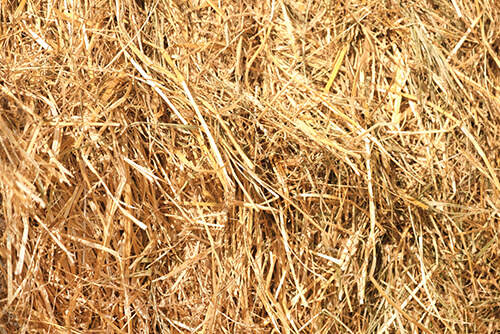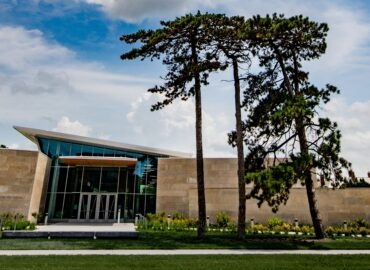As spring approaches, many lagoon wastewater treatment facility operators are considering strategies for summer algae control. In one recent site visit, our client shared an innovative and eco-friendly approach. Their facility uses barley straw to prevent the growth of algae on the lagoon! The straw has effectively replaced the copper sulfate he previously used, is low cost and non-toxic.
While studies have shown barley straw to effectively inhibit the growth of algae in wastewater systems (Zhou, 2010), other types of straw have not been nearly as successful. What makes barley unique is not completely understood. According to the Penn State Extension, "The exact mechanism is poorly understood, but it seems that barley straw, when exposed to sunlight and in the presence of oxygen, produces a chemical that inhibits algae growth" (PennState).
It has been shown that barley straw prevents algae growth (it does not kill existing algae) so it should be applied in early spring before the plants have had a chance to establish themselves.
Penn State Extension recommends 2-3 bales per surface acre of pond. If the ponds are muddy or have heavy algae growth, 2X to 3X as much straw can be added. Be careful, however, not to apply too much because it can deoxygenate the water, killing fish.
Check with your local extension office or farm supply for sources of barley straw and application recommendations!





